If, as Star Trek famously put it, space is the final frontier of human endeavor, then insecure environments are the final frontiers of development. The data estimates are clear—by 2030, 50 percent of the world’s poor will live in countries where their survival is threatened by violence. The data also show that yesterday’s humanitarian settings are becoming today’s development contexts. For example, a map of fragile states from the OECD’s 2018 States of Fragility report and a map depicting constraints to humanitarian actors are almost indistinguishable. Today, development and humanitarian access constraints overlap, particularly in Africa. The good news is that, with the help of technology, security actors such as peacekeepers could help development agencies reach the poor even in the most dangerous field locations.
Development and humanitarian access constraints overlap
Fragile situations
Source: OECD States of Fragility 2018
Humanitarian access rankings
Source: ACAPS Humanitarian Access Overview, May 2019
For development agencies, growing insecurity in fragile states poses a massive problem because their own institutional tolerance for security risks has traditionally been very low. As a result, insecurity and fragility increasingly shape where and how poverty reduction takes place. From the perspective of project implementation, this translates into frequent mission suspensions, caps on personnel, and disruptions in essential poverty reduction work. From the perspective of program design, avoiding “red zones” can lead to a concentration of resources in safer areas, a trend that has been observed in the humanitarian literature. According to a review of relief operations in Afghanistan, Somalia, South Sudan, and Syria, security threats significantly determine the geographic location of personnel and services, pushing humanitarians to cluster in better known, safer areas. In a more extensive study, the same authors noted a path dependency whereby security-related decisions in programming lead to “access inertia.” Poverty reduction programs run the same risks, as insecurity can skew decisions about the geographic spread of projects, resulting in a mismatch between development needs and resources.
Access limitations, however, are far less applicable to peacekeepers. The United Nations’ Department of Peace Operations manages 14 active peacekeeping missions in fragile and conflict-affected countries such as Central African Republic, Mali, the Democratic Republic of Congo, and South Sudan. The African Union oversees nearly 20,000 peacekeepers in Somalia. These missions comprise military and police officers who may witness, negotiate, or engage in combat with armed groups or extremist militants while on patrol in highly insecure areas which for development agencies are still no-go zones. This greater tolerance for insecurity thus brings greater access to the poor on the frontlines of conflict. But when equipped with the right geospatial mapping technology, peacekeepers could transfer their first-hand knowledge of insecurity to those whose mission is to fight poverty.
To see how this could work, consider the Geo-Enabling for Monitoring and Supervision (GEMS) initiative developed by the World Bank. GEMS builds the capacity of government agencies to use the appropriate technology for data collection and analysis in fragile states in order to improve monitoring and evaluation. When work on a project begins, representatives from the government and partner organizations are trained to develop and administer a data platform that stores information gathered during field visits. The data are collected with mobile devices, in the form of structured questionnaires, and can cover any topic relevant to the success of a project. Once uploaded on the platform, the information can be accessed by all institutions involved in project management. In other words, an economist interested in the impact of a community-driven development intervention can check progress from the field on her screen in near real-time, even if access constraints prohibit her from traveling there in person.
Similar geospatial mapping tools customized for peacekeepers would allow them to share structured data on violence and insecurity with development experts. Data collection efforts could range from identifying the number, type, and intensity of violent incidents in conflict hotspots where peacekeepers regularly conduct missions, to monitoring attacks by armed groups in areas where schools, hospitals, dams, and roads are being built. This data integration could help security and development actors achieve their independent and interdependent goals. Granular information on violent incidents could help development actors navigate highly complex fragile environments where poverty will be concentrated in the future.
Combining poverty with security maps could also allow development agencies to create access strategies for projects that deliver services to the poor trapped in active conflict. They could also implement course corrections in project delivery or determine when they need third-party monitors. Since security provision is a public service, data gathered by peacekeeping forces could help measure the degree to which governments advance on providing accountable and effective security services—an essential component of Sustainable Development Goal 16 to promote just, peaceful, and inclusive societies. Strengthening the capacity of peacekeepers to gather and systematize data could also help build much needed monitoring and evaluation systems that enhance the U.N.’s ability to measure the impact of peacekeeping on the ground, especially when it comes to protecting civilians.
Data integration between security and development institutions will certainly be challenging. Beyond distinct risk thresholds, the different institutional mandates, organizational cultures, and at times labyrinthine bureaucracies are bound to complicate such an endeavor. There are also valid concerns about data integrity and privacy, especially when it comes to data about the poor. Yet, if security and development actors stay true to their mission, they will need to “go where no man has gone before” and build on each other’s strengths to fight poverty wherever it exists.


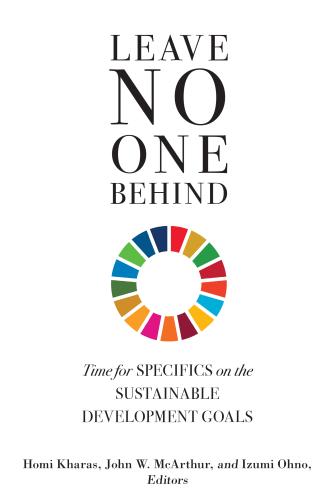
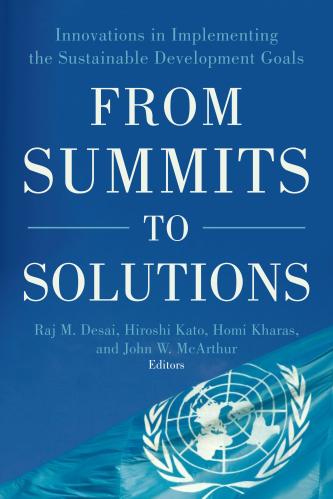
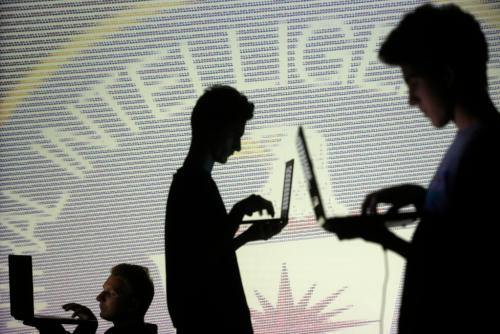


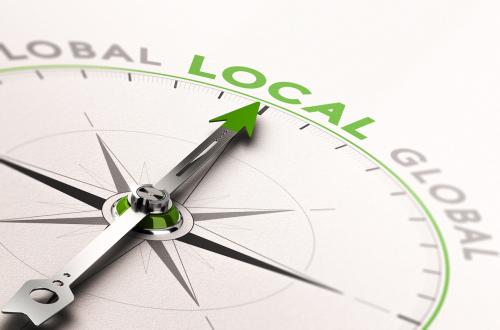
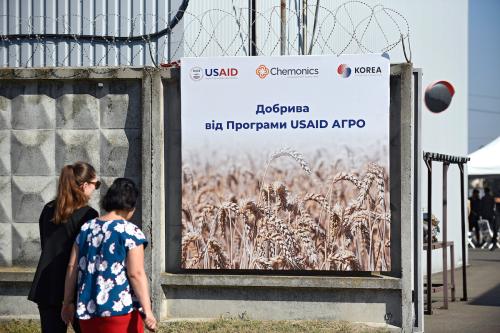
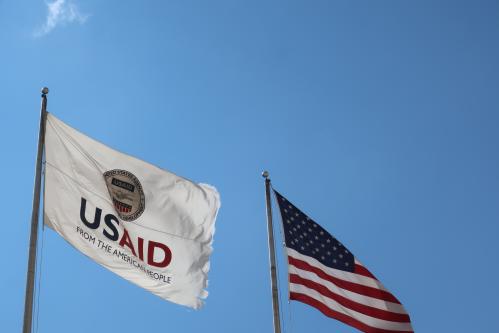
Commentary
Geospatial peacekeeping: How soldiers and technology can help fight poverty
October 23, 2019